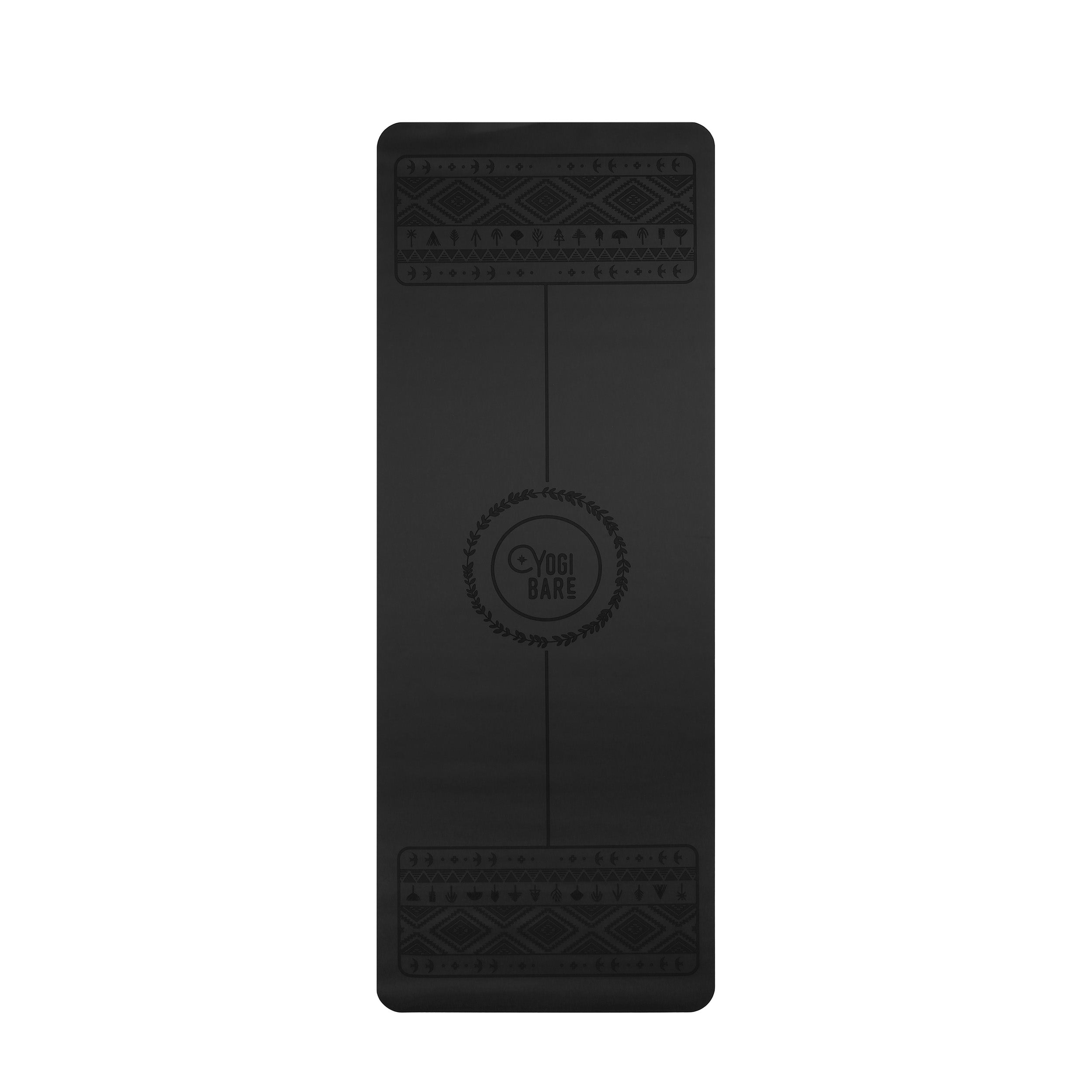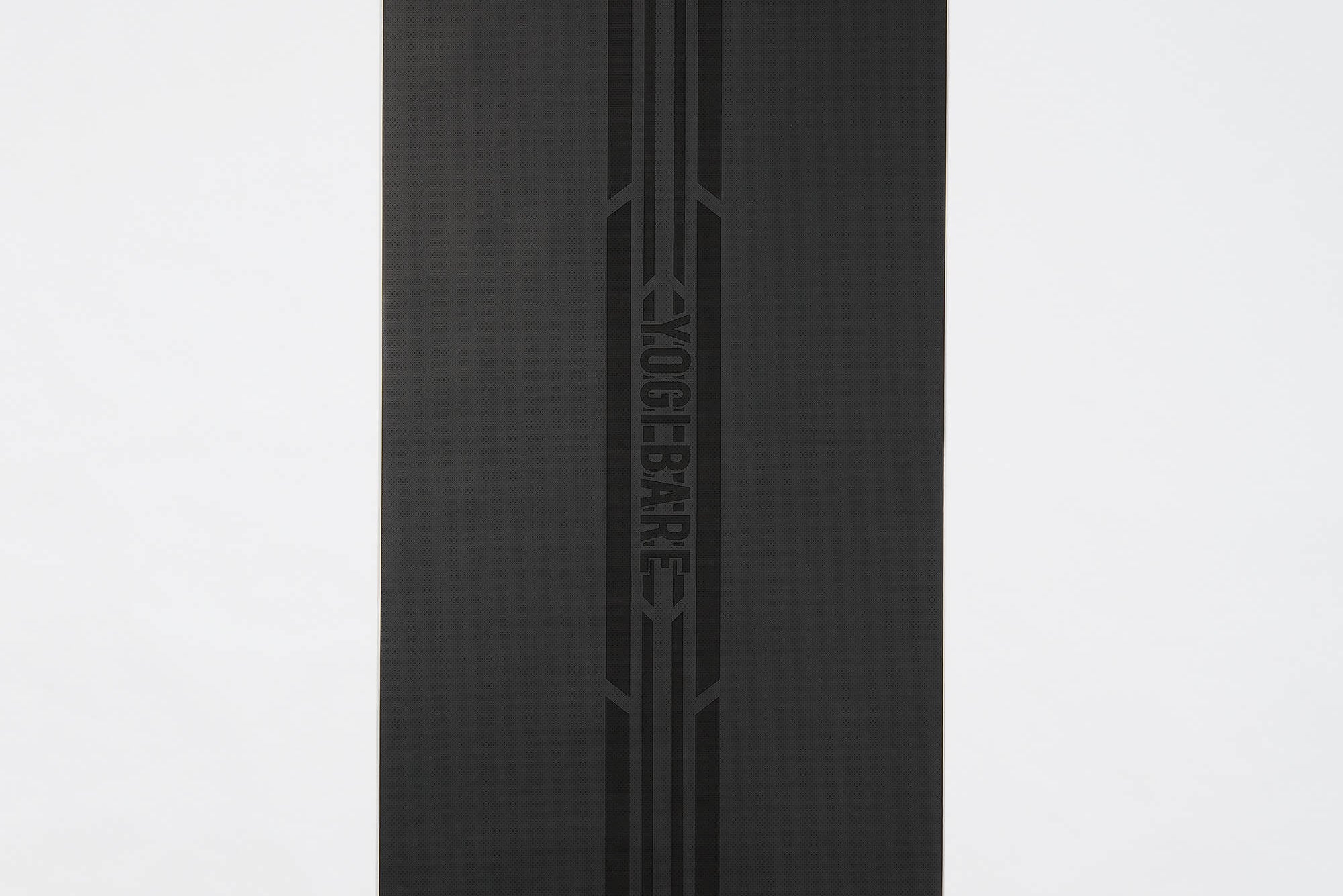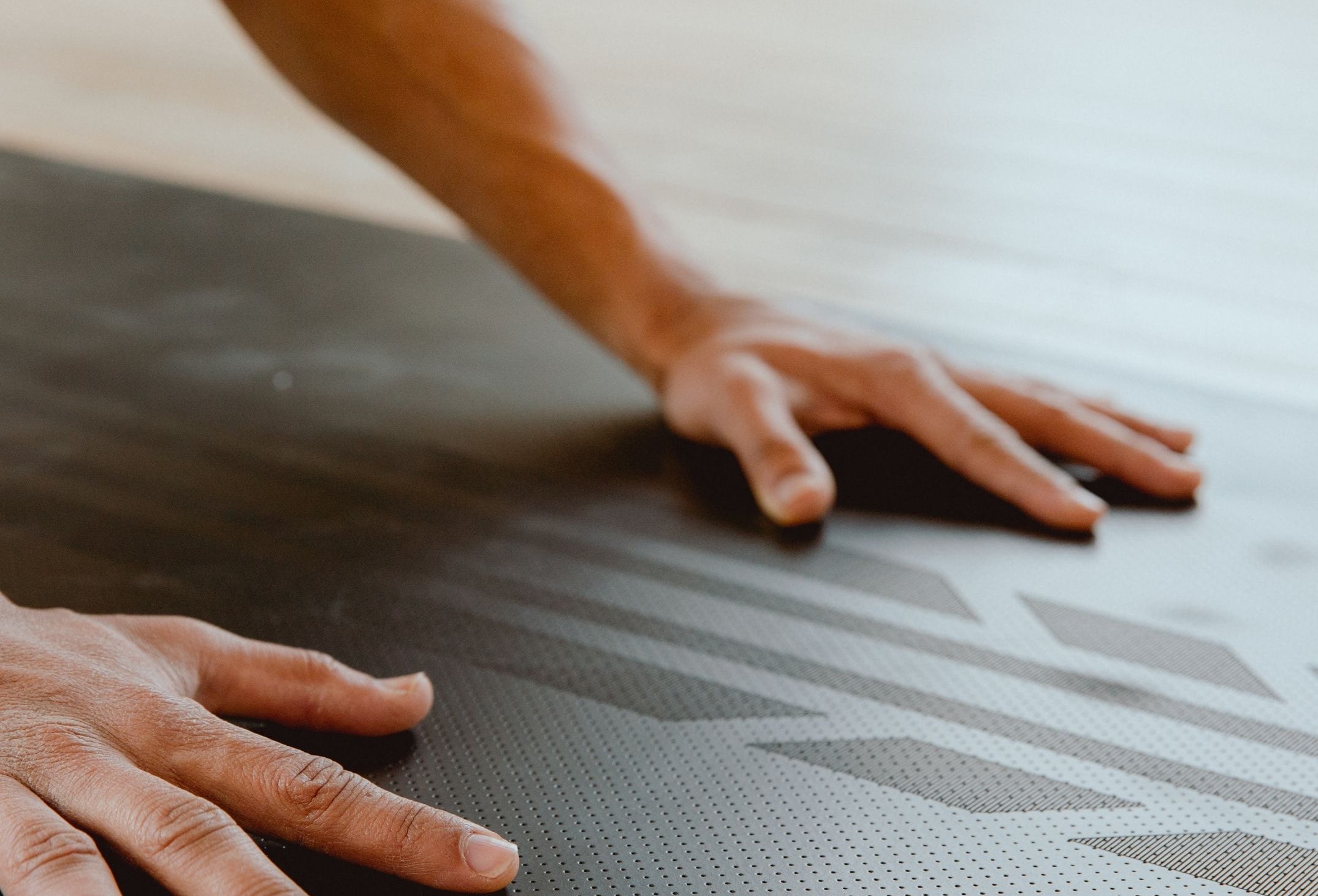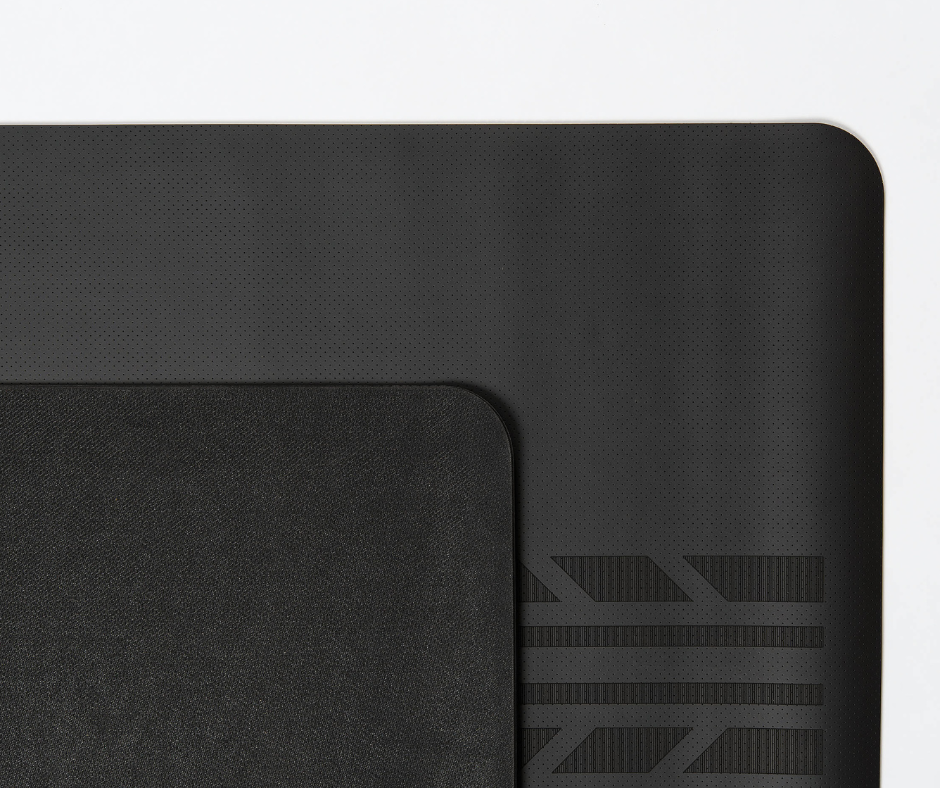Many moons ago our fellow yogi brothers and sisters developed a yoga mat to prevent them slipping and sliding when they practiced. The cheapest, most accessible material at the time was Polyvinyl Chloride (PVC), a synthetic plastic polymer which we now understand to be extremely harmful for the planet. The material contains cadmium, chlorine, lead and mercury and production causes harmful dioxins and uses highly toxic chlorine. Dioxins can cause reproductive, developmental and immune issues which interfere with hormones and cause cancer and if that wasn’t enough, Greenpeace described PVC as ‘the single most damaging type of plastic’. Devastatingly, over 40 tonnes of PVC are produced every year and many yoga mats and accessories are still made from this material.
Polyurethane (PU) is a much greener alternative to PVC, both in production and after-care. It does not require the same highly toxic chemical plasticizer and is degradable over time. It has extremely high-performance qualities, has the ultimate grip and is breathable which is why we use it as the top of our yoga mats over the natural rubber non-slip base. Although PU is better, many yoga brands are claiming it to be completely sustainable when it is not. We know we can do better and are currently searching for a more conscious material.
Vegan leathers like PU are increasingly popular and used to make bags, shoes, tesla car seats, wallets and the top of many yoga mats including Yogi Bares. Ongoing innovations have resulted in developing plant-based leathers such as apple, banana, pineapple and field corn which is carbon neutral however, these are extremely expensive to produce and until demand increases and the materials becoming more affordable, they cannot easily replace PU. Any vegan leather requires a plastic protective coating for durability which has many issues of its own.
Because polyurethanes like PU are petrochemical-based polymers, it is important that we recycle them whenever possible, so that precious raw materials do not go to waste. In standard landfill conditions our yoga mats are expected to break down within 5 years which is why we are developing ways at Yogi Bare to offer our mats a second life that isn’t landfill (we will explore biodegradability in an upcoming diary post)
There are many long, unrelatable terms in yogi land and we just wanted to break down the difference in these materials and be fully transparent in our understanding that PU is better, but not the best.
With Love,
Yogi Bare x





Leave a comment